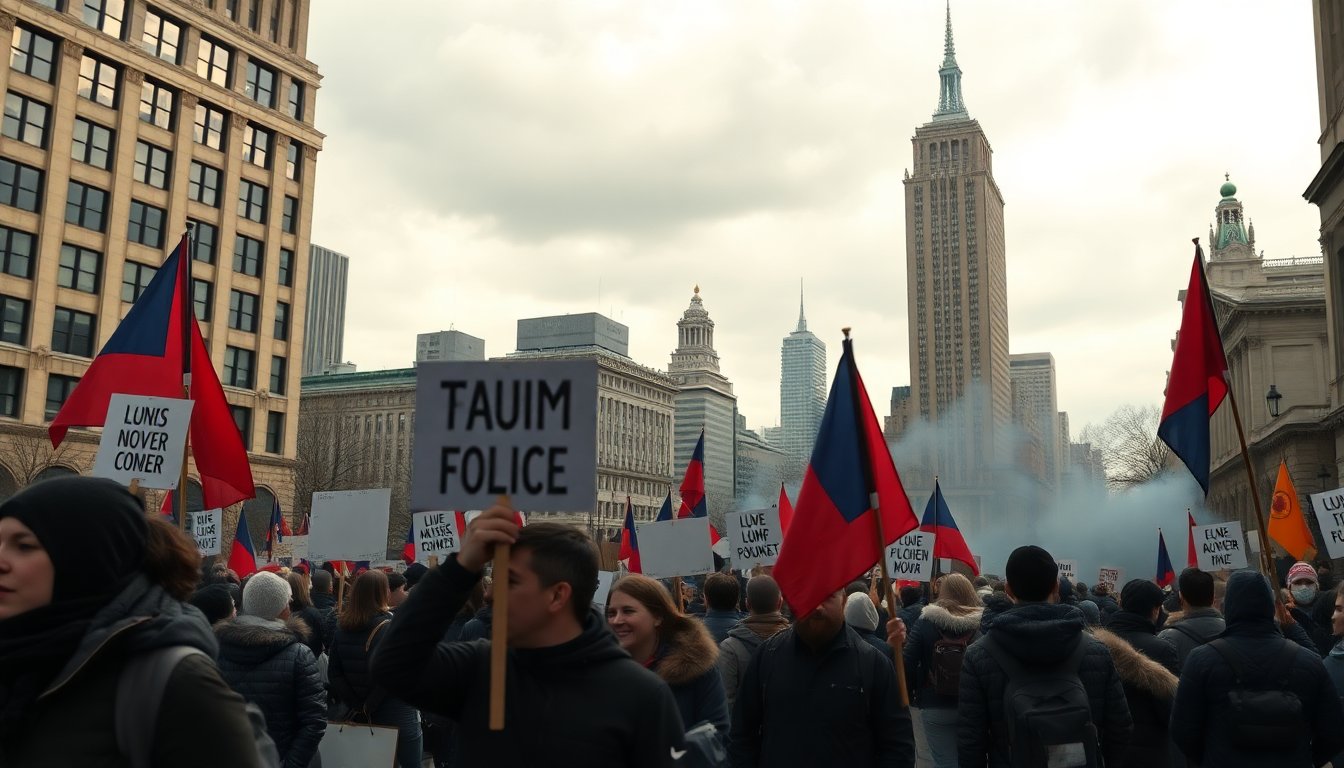Table of Contents
Recent events have highlighted a troubling trend of political violence in the United States, culminating in the tragic killing of a prominent conservative activist. This incident not only underscores the growing polarization within American society but also raises important questions about safety, political discourse, and the potential impact on democratic processes. Understanding the complexities behind such acts of violence is crucial for addressing root causes and fostering a more peaceful political environment.
The Current Landscape of Political Violence
The killing of a 31-year-old activist has ignited outrage and concern nationwide. This event is part of a broader pattern that has seen a rise in politically motivated violence, especially in recent years. Factors contributing to this unsettling trend include heightened political rhetoric, social media influence, and an increasingly divided public.
President Trump recently announced that authorities had apprehended a suspect linked to this crime, emphasizing the importance of swift justice. Such statements, while intended to provide reassurance, also highlight the urgent need for a comprehensive understanding of the societal dynamics that lead to violent acts. Analyzing this situation requires considering the historical context of political violence in the U.S., including previous incidents that have shaped public perception and policy.
Contributing Factors to Political Violence
Several elements contribute to an environment conducive to political violence. The rise of extreme ideologies, fueled by misinformation and divisive narratives, has resulted in an increase in radicalized individuals willing to resort to violence. Social media platforms play a critical role in amplifying these messages, often creating echo chambers that reinforce extremist beliefs.
Additionally, the economic and social challenges faced by many, such as job losses and social inequality, exacerbate feelings of frustration and disenfranchisement. This discontent can manifest in violent acts as individuals seek to express their anger or compel change. Understanding these underlying factors is essential for developing strategies to mitigate the risks associated with political violence.
The Implications for Society and Democracy
The rise of political violence poses significant threats to the fabric of American democracy. It can create a chilling effect on political participation, where individuals may feel unsafe expressing their views or engaging in civic activities. This erosion of trust and engagement can have long-term implications for democratic processes, ultimately undermining the core principles of free speech and assembly.
Furthermore, the societal divide fueled by political violence can hinder constructive dialogue, making it increasingly challenging to reach consensus on critical issues. Addressing these challenges requires a multifaceted approach, including the promotion of empathy, understanding, and open communication across political divides. Efforts to foster community resilience and inclusivity will be vital in countering the tide of violence and rebuilding a sense of safety and trust.
Conclusion and Future Considerations
As the nation grapples with the implications of recent political violence, it is crucial to reflect on broader societal trends and historical precedents. Understanding the motivations and consequences of such actions is essential for preventing future incidents and fostering a healthier political climate. The path forward will necessitate a commitment to dialogue, education, and community engagement, ensuring that the core values of democracy endure in the face of adversity.


